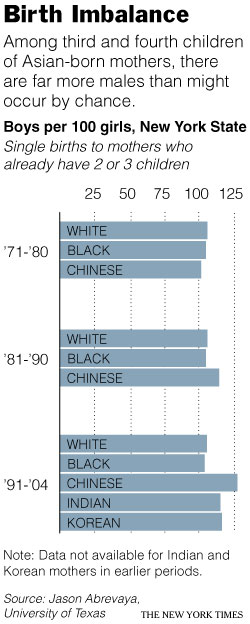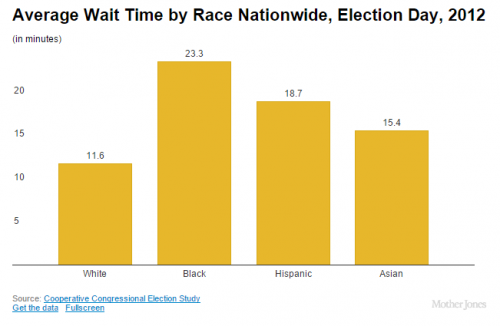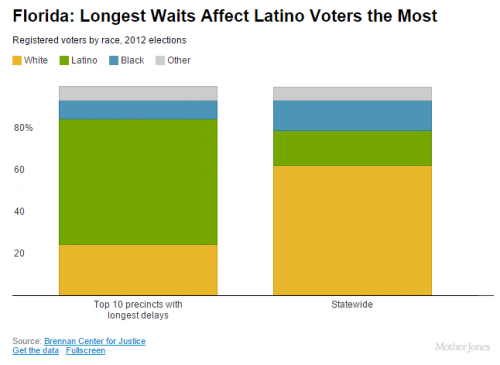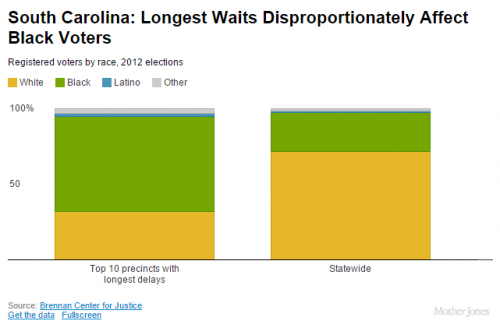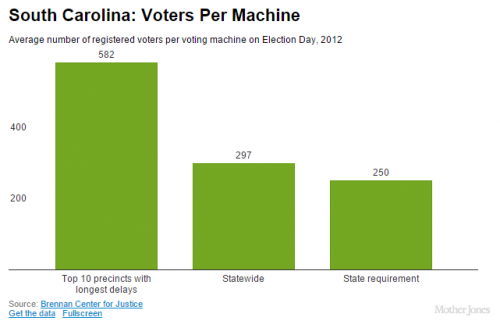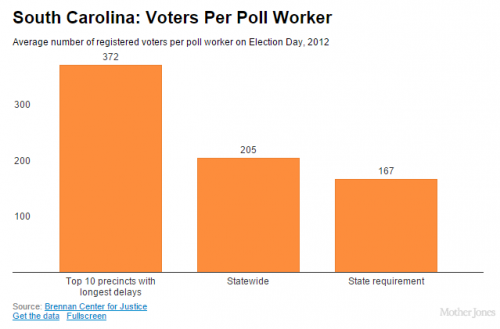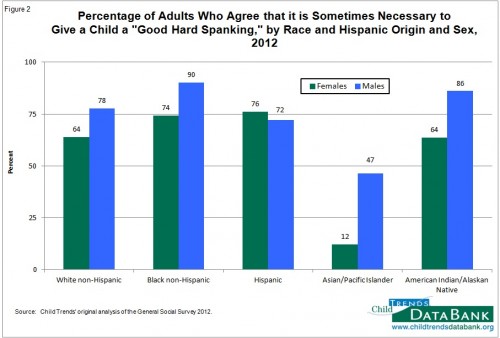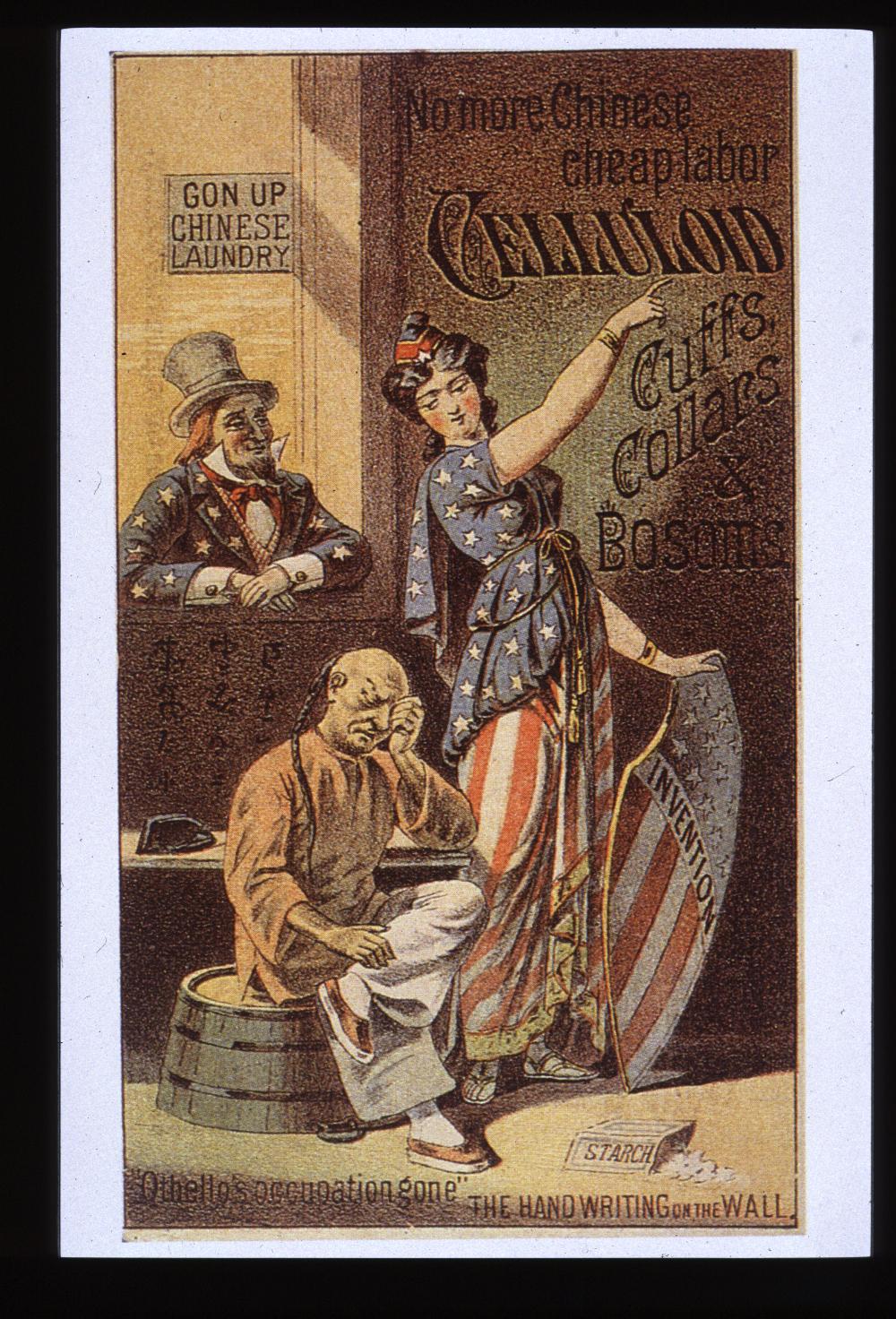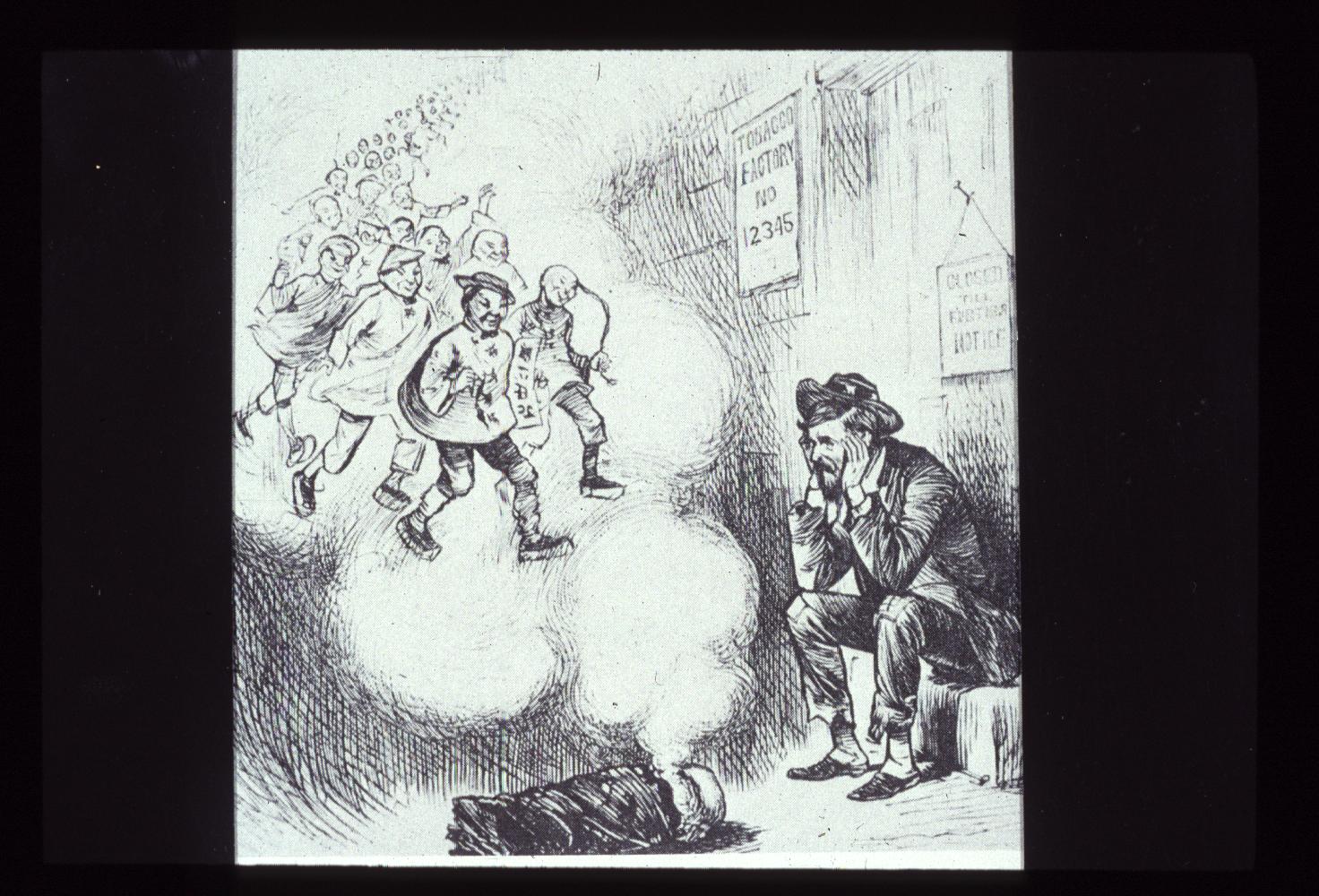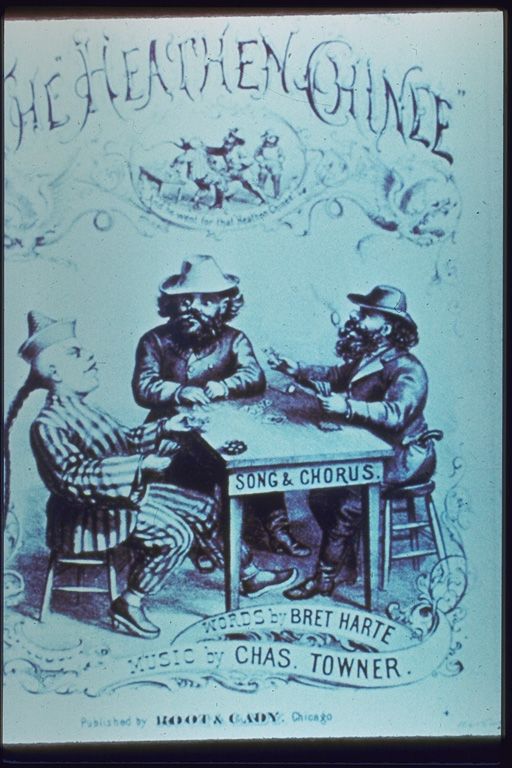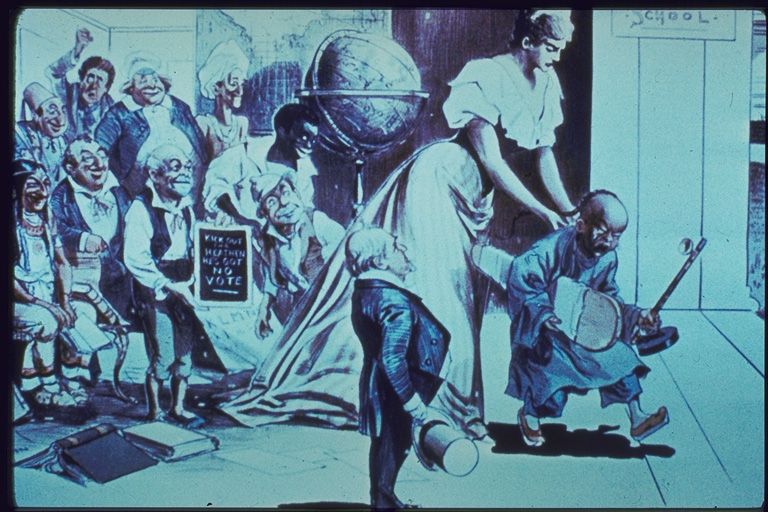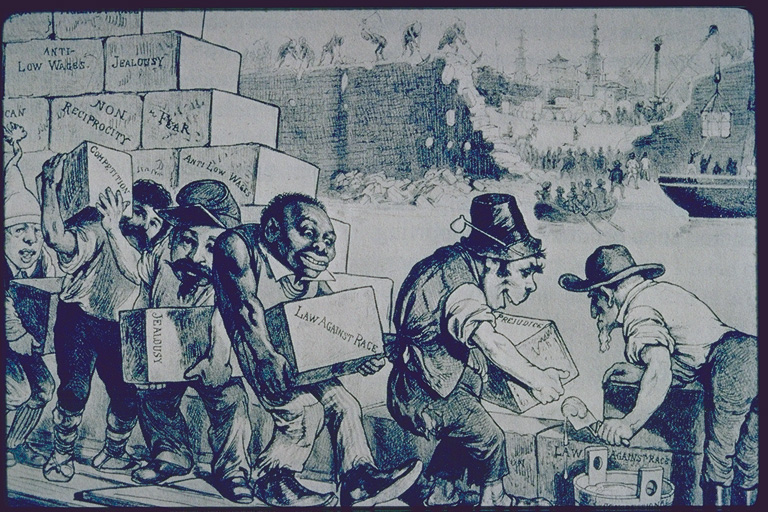To many Americans, globalization may mean Americanization but, in China, globalization is Koreanization. This is the impact of Hallyu (the Korean word for “Korean wave”), which began in 1997. Hallyu began with Korean television dramas and today extends throughout Chinese life: k-drama, k-pop, movies, fashion, food, and beauty. It is argued to be the only example of a cultural power “that threatens the dominance of American culture.”
Its influence is impressive. For example, when a star on a Korean soap opera ordered chicken and beer for dinner — Korea’s chi-mek (or chi-meak) – and claimed it as her favorite food, Chinese audiences went crazy for the combination. Korean beer exports rose by over 200%:
Even the standard of beauty in China has been altered due to Hallyu. During this year’s National Day holiday (10/1-10/7), about 166,000 Chinese visited Korea. They flocked to top shopping districts to purchase a wide range of Korean products like cosmetics, each spending an average of $2,500. Some of these Chinese tourists visited the Gangnam district (Apgujeng-dong), the capital of plastic surgery in Korea. They want to look like k-drama stars. They want to have Korean actresses’ nose or eyes.
The obsession with Korea has caused Chinese leaders a great deal of angst. It was a major issue at the country’s National People’s Congress where, according to the Washington Post, one committee spent a whole morning pondering why China’s soap operas weren’t as good as those made by Korea. “It is more than just a Korean soap opera. It hurts our culture dignity,” one member of the committee said.
Their concern isn’t trivial; it’s about soft power. This is the kind of power states can exert simply by being popular and well-liked. This enables a country to inflluence transnational politics without force or coercion.
Indeed, the Korean government nurtured Hallyu. The President pushed to develop and export films, pop music, and video games. As The Economist reports:
Tax incentives and government funding for start-ups pepped up the video-game industry. It now accounts for 12 times the national revenue of Korean pop (K-pop). But music too has benefited from state help. In 2005 the government launched a $1 billion investment fund to support the pop industry. Record labels recruit teens who undergo years of grueling [sic] training before their public unveiling.
It’s working. According to the Korea Times, China has made a trade agreement with Korea allowing it an unprecedented degree of access to the Chinese people and its companies, an impressive win for soft power.
Sangyoub Park, PhD is a professor of sociology at Washburn University, where he teaches Social Demography, Generations in the U.S. and Sociology of East Asia. His research interests include social capital, demographic trends, and post-Generation Y. Lisa Wade, PhD is a professor of sociology at Occidental College and the co-author of Gender: Ideas, Interactions, Institutions. You can follow her on Twitter and Facebook.
Cross-posted at Pacific Standard.




